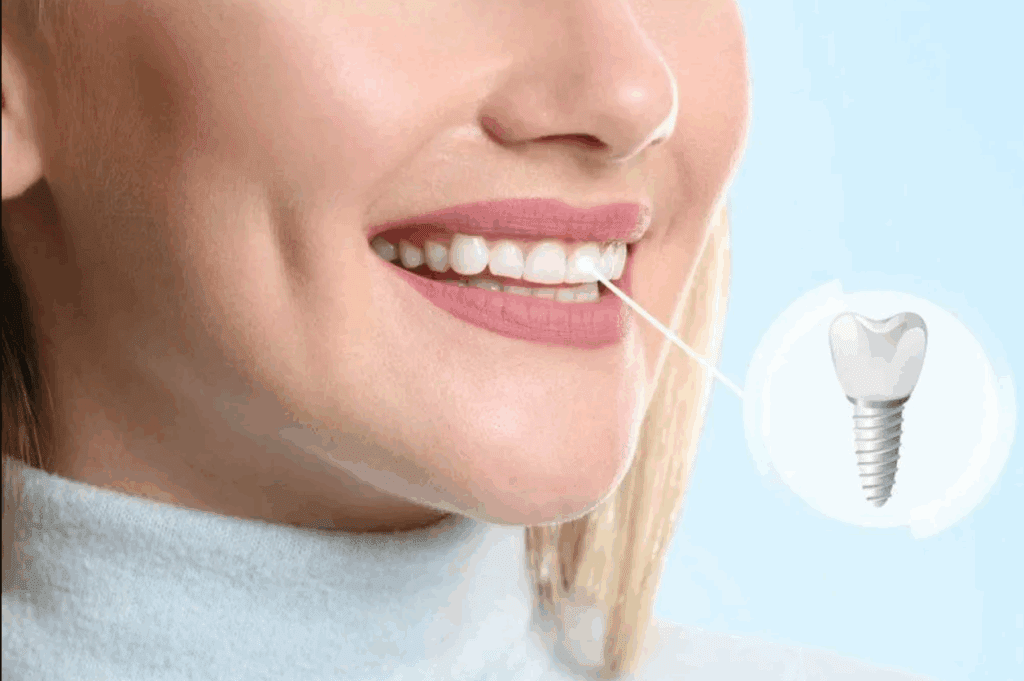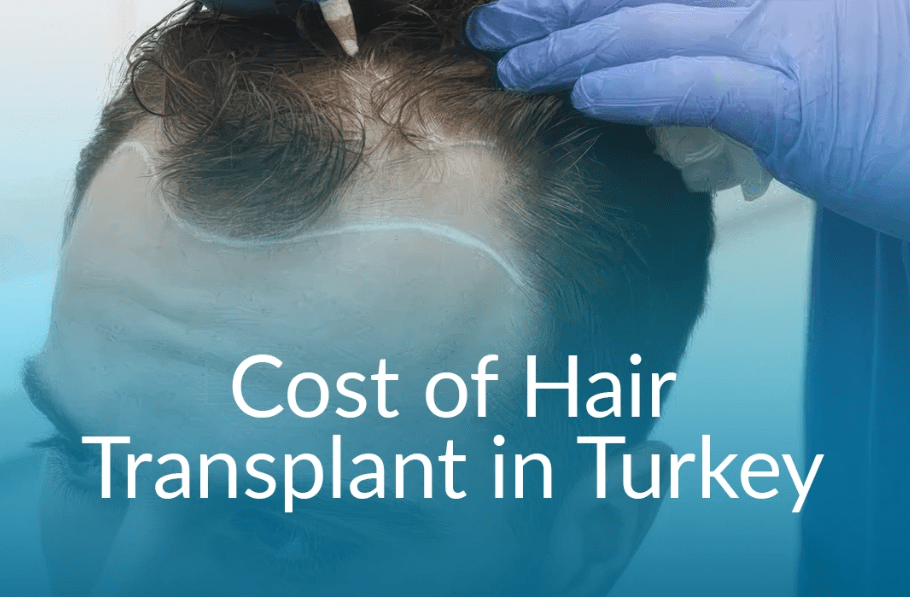Reasons for PRP (Platelet-Rich Plasma) Treatment
Platelet Rich Plasma (PRP) therapy involves drawing an amount of blood from the patient concentrating its platelets through processing and then reintroducing the rich plasma into the scalp. PRP contains levels of growth factors and proteins that could potentially aid in hair growth and expedite healing following hair transplant surgery.

Platelet-Rich Plasma (PRP) Procedure/Steps
The secret to this power in PRP lies in your blood. When you use platelets from your body, it increases the blood supply to hair follicles causing natural hair growth. These are the three steps of PRP:
Blood is taken from your arm and put into a spinning machine called a centrifuge that separates its components
Your blood is spun for 10 minutes resulting in the separation of the red cells, platelet-rich plasma, and platelet-poor plasma
PRP is pulled up into a syringe and then injected on your scalp where you have balding spots.
The whole treatment takes about less than 30 minutes and there’s no downtime. While you’ll notice an improvement in hair density after one treatment, most people need three treatments spaced 4-6 months apart to achieve optimal results. PRP can be used as a solo treatment but it gives the most dramatic outcomes when utilized together with hair transplantation.

Is PRP Necessary For Post-Hair Transplant Surgery?
The necessity of undergoing PRP treatment hair transplant surgery is a topic of discussion among experts, in hair restoration. While some surgeons believe that PRP can enhance the healing process improve graft survival and possibly trigger hair growth others argue that the benefits are inconclusive or not substantial enough to justify the cost and procedure.

Different Techniques Used In Hair Transplant Surgery (PRP Or PRF)
The main distinction between PRF and PRP is their composition. Platelets are concentrated in plasma to create PRP. Additionally, it has growth factors that aid in promoting hair growth. Yet PRF resembles PRP enhanced.
White blood cells, cytokines, growth factors, and even stem cells—which are used separately for stem cell hair transplants—are far more prevalent in it. Consequently, PRF injections will benefit your hair more.
As was already mentioned, the way they are prepared makes a difference in their composition. Since the rpm in PRP is typically higher than 2,000, the force is higher. Consequently, the platelet-rich plasma lacks many of the blood’s constituents. Not even all platelets reach that mixture.
However, because the process of creating PRF moves more slowly, a greater number of blood components are ultimately retained. Additionally, the cells are not as badly damaged by it. Hair growth may ultimately benefit from this.
PRP after the Hair Transplant
Below are the most important aspects of PRP treatment after hair transplantation:
Optimal Time to Do PRP Treatment:
There are actually two times recommended for PRP in relation to a hair transplant:
Before the operation: PRP sessions 1-4 weeks before surgery may be suggested by some clinics. This might help prepare the scalp for optimum harvesting and grafting.
After Surgery: The most common period is at least three weeks post-surgery to allow initial healing. Then, PRP sessions are usually conducted once every month for three or four months

Advantages Of Platelet-Rich Plasma (PRP) After Hair Transplantation
PRP therapy has many benefits as an adjunctive treatment after hair transplantation, such as fast healing rates, improved graft survival rates, better hair growth stimulation, and reduced post-surgical shedding/loss of transplanted hairs. Also, there are reduced complications; it is natural and autologous. The role of PRP in hair transplant surgeries aims to enhance the quality of the procedure outcome, increase patient satisfaction, and probably improve the long-term effects of hair restoration.
Number of Sessions Required for PRP after Hair Transplant
Most surgeons typically recommend one to three sessions of PRP treatment after a hair transplant. In some cases, however, doctors prefer a two or three-session schedule with other therapies spaced out within three to six months. This number might also depend on factors such as the surgeon’s experience and preference as well as the pattern and extent of hair loss in the patient who may undergo the transplant procedure.

Best Time To Perform PRP Treatment After A Hair Transplant
The first week, after surgery, is the most appropriate time to do a PRP (Platelet-Rich Plasma) hair transplant. The best timing would be on the day of operation or within a few days. This is an important strategy aimed at taking full advantage of PRP capabilities about graft survival rates, healing processes, and stimulation of possible growth.
The early stages following a hair transplant are crucial because this is when the newly implanted follicles have to develop viable blood supply and take root. Introducing PRP at this delicate moment may aid in the healing process, reduce inflammation, and create an environment that will be conducive for the grafts to thrive. However, performing it too late may result in an ineffective procedure since by then healing would already have started taking place and grafts would be firmly established or failing to survive.
Hair restoration practitioners generally agree that they should apply PRP immediately after an operation so as likely as possible to maximize its benefits. However, depending on the surgeon’s preferences and the specific technique used in doing hair transplantation it may vary slightly with time.
Also read: Matthew McConaughey Hair Transplant: Did He Restore His Hair Through Surgery?

Side Effects Of PRP Therapy
PRP may have adverse effects since it involves injecting a material under the skin.
Because PRP is autologous, it contains ingredients that are extracted straight from your own body. This lowers the possibility of an allergic reaction from injecting other drugs, like hyaluronic acid or cortisone. Nonetheless, the injection itself carries some risks, such as:
infected nerve damage
discomfort at the injection site harm to the tissue
Talk to your doctor about these possible risks and the precautions they plan to take to reduce them.
What are the consequences of not undergoing PRP after a hair transplant?
Although PRP can enhance outcomes skipping it is unlikely to worsen your situation. You may notice healing, increased hair shedding and reduced hair growth.
When is the ideal time to start PRP treatment after a hair transplant?
The timing varies depending on the physician. Some recommend starting PRP as 10 days post surgery while others advise waiting 3 4 months. It’s best to discuss this decision with your doctor.
Conclusion
After undergoing a hair transplant, PRP therapy can aid in enhancing the healing process and promoting hair growth. Although not obligatory it has the potential to enhance outcomes. It is advisable to discuss with your physician the timing, for PRP treatment preferably immediately following the surgery and determine if it aligns with your needs.
FAQs:
Can transplanted hair grow without PRP?
Absolutely transplanted hair can grow without the need, for PRP. The purpose of using PRP is to enhance the growth rate, thickness and overall success of the transplant.
What should be done hair transplant surgery?
It is crucial to follow your doctors guidance regarding medications, scalp care and avoiding activities. Your doctor may also recommend incorporating PRP treatment into these transplant practices.
Which is PRP or a hair transplant?
PRP and hair transplants serve different purposes in addressing hair loss concerns. While hair transplants focus on placement of hairs PRP treatment aims to thicken existing hair and possibly enhance the results of a transplant procedure.
Can plasma aid in regrowing lost hair?
PRP therapy utilizes plasma enriched with platelets that contain growth factors known to stimulate hair growth. While it may encourage regrowth there are no guarantees when it comes to its effectiveness, in restoring hair.
Will undergoing PRP treatment help thicken transplanted hairs?
Certain research indicates that PRP might enhance the density of hair and potentially boost the thickness of hair. It is advisable to seek advice, from a professional for tailored guidance.
How many PRP sessions are usually required for a hair transplant?
Typically 2 3 sessions are recommended, with intervals spread out over months. Your physician will be able to advise you on the treatment plan, for your individual needs.
Does hair grow quicker, with PRP treatment?
PRP treatment could potentially boost hair growth speed though outcomes differ. It’s advisable to have a conversation with your healthcare provider about the advantages.
Is PRP injection painful for the scalp?
To reduce discomfort during scalp injections a numbing agent is commonly administered.
Can PRP treatment delay balding?
PRP treatment may aid in preserving existing hair. Potentially slowing down the progression of hair loss. However it’s not a method for preventing baldness.
Why isn’t my hair growing PRP treatment?
Various factors can impact hair growth following PRP therapy. Seeking guidance, from a healthcare professional can assist in identifying the cause and determining next steps.



